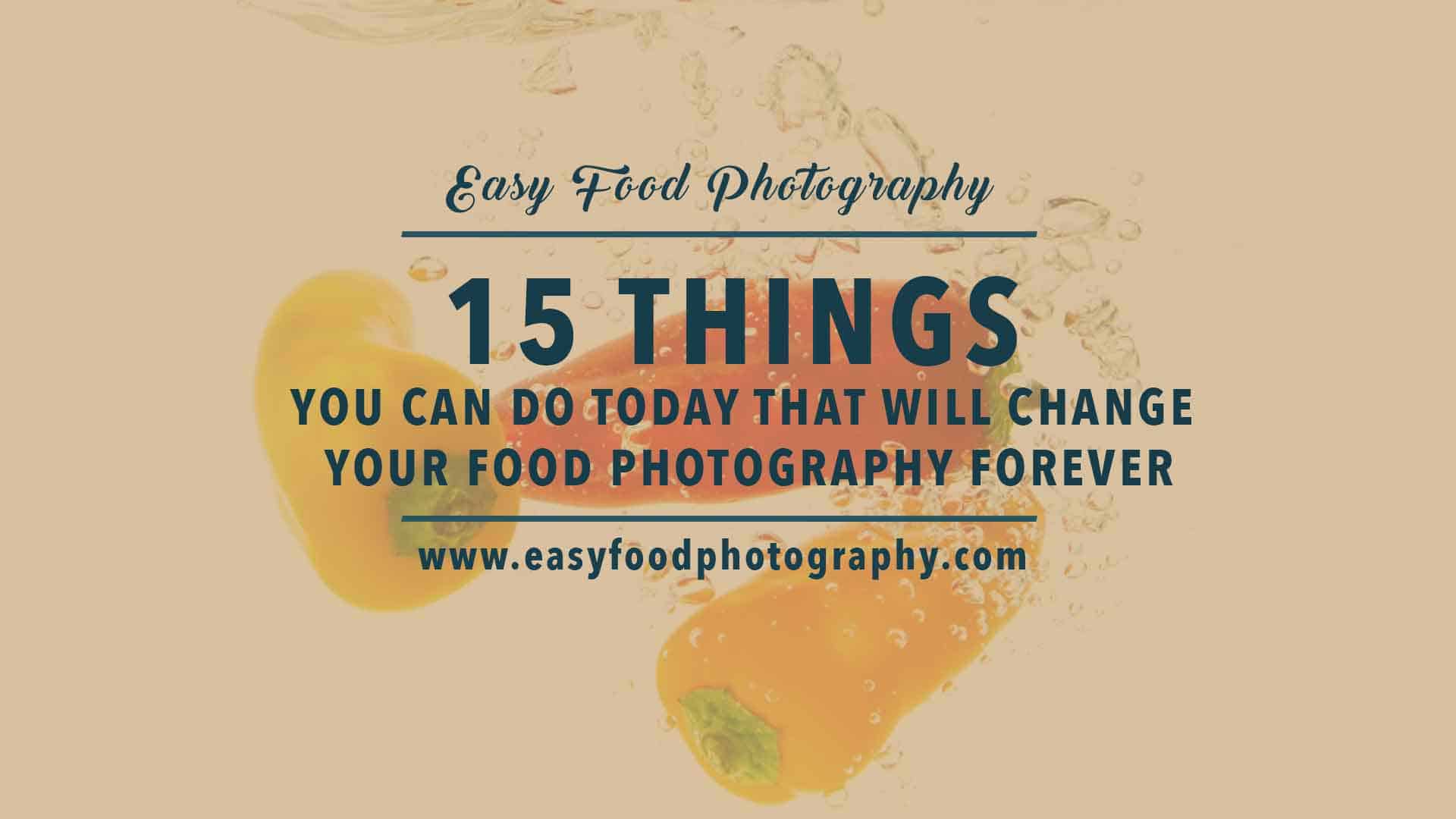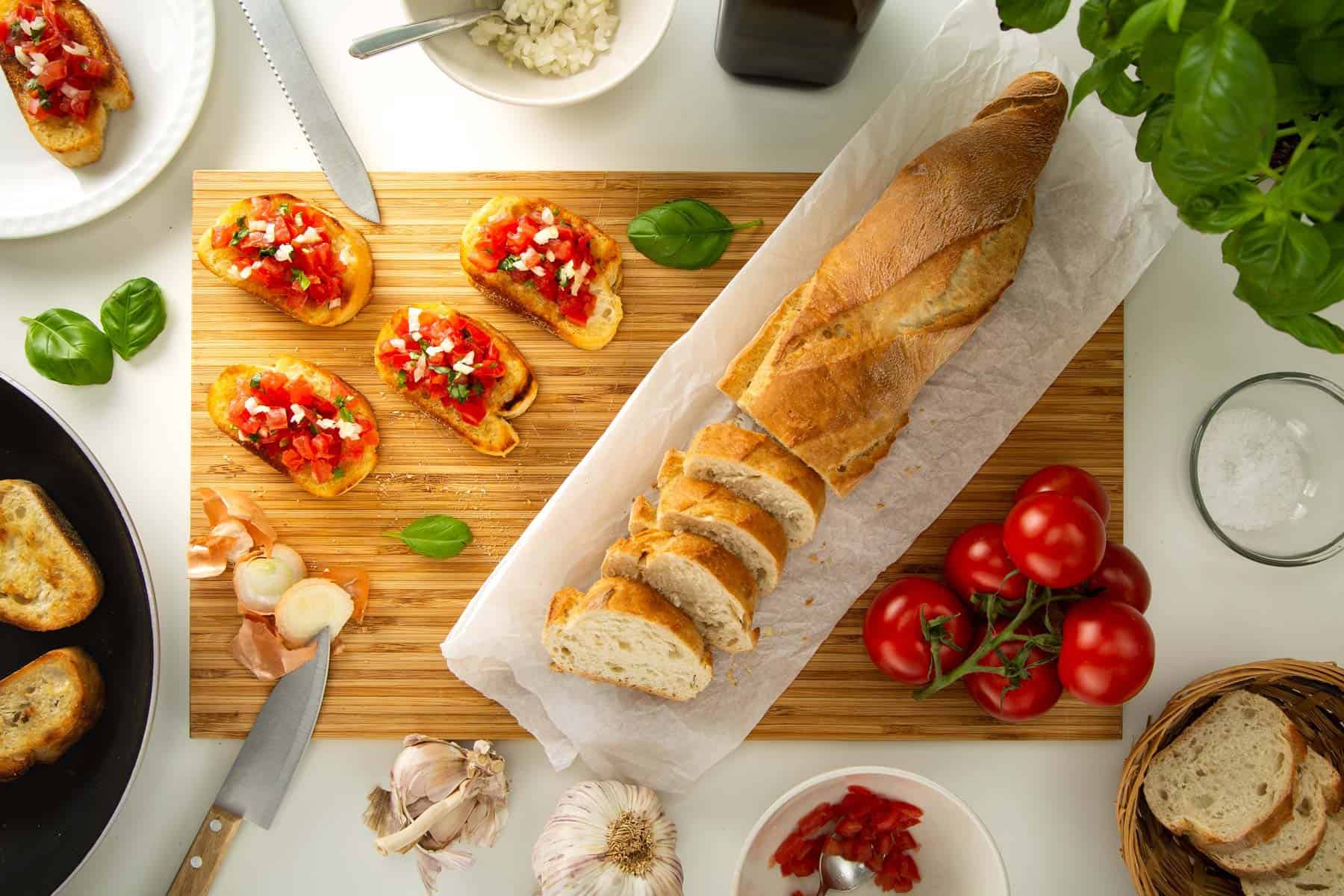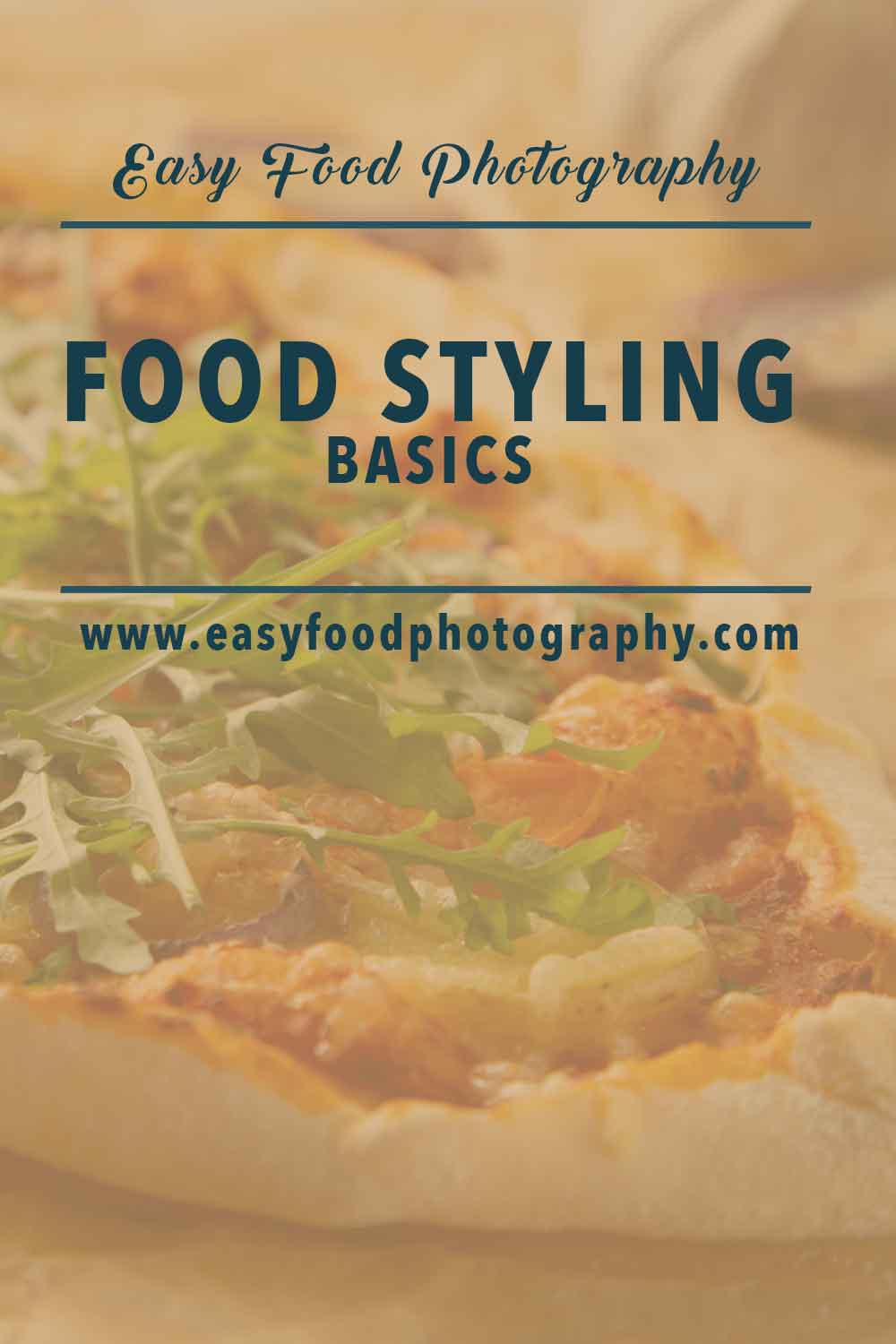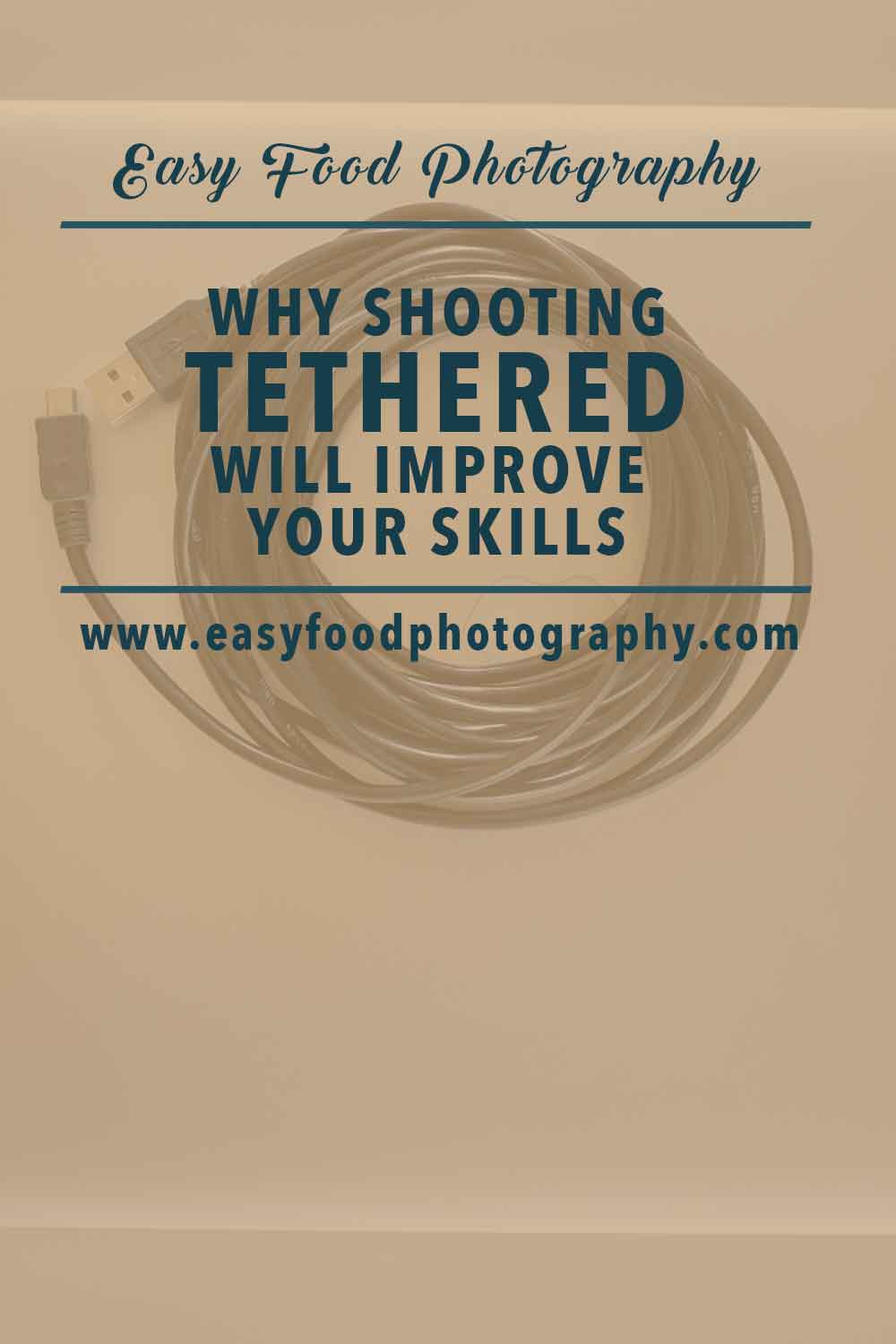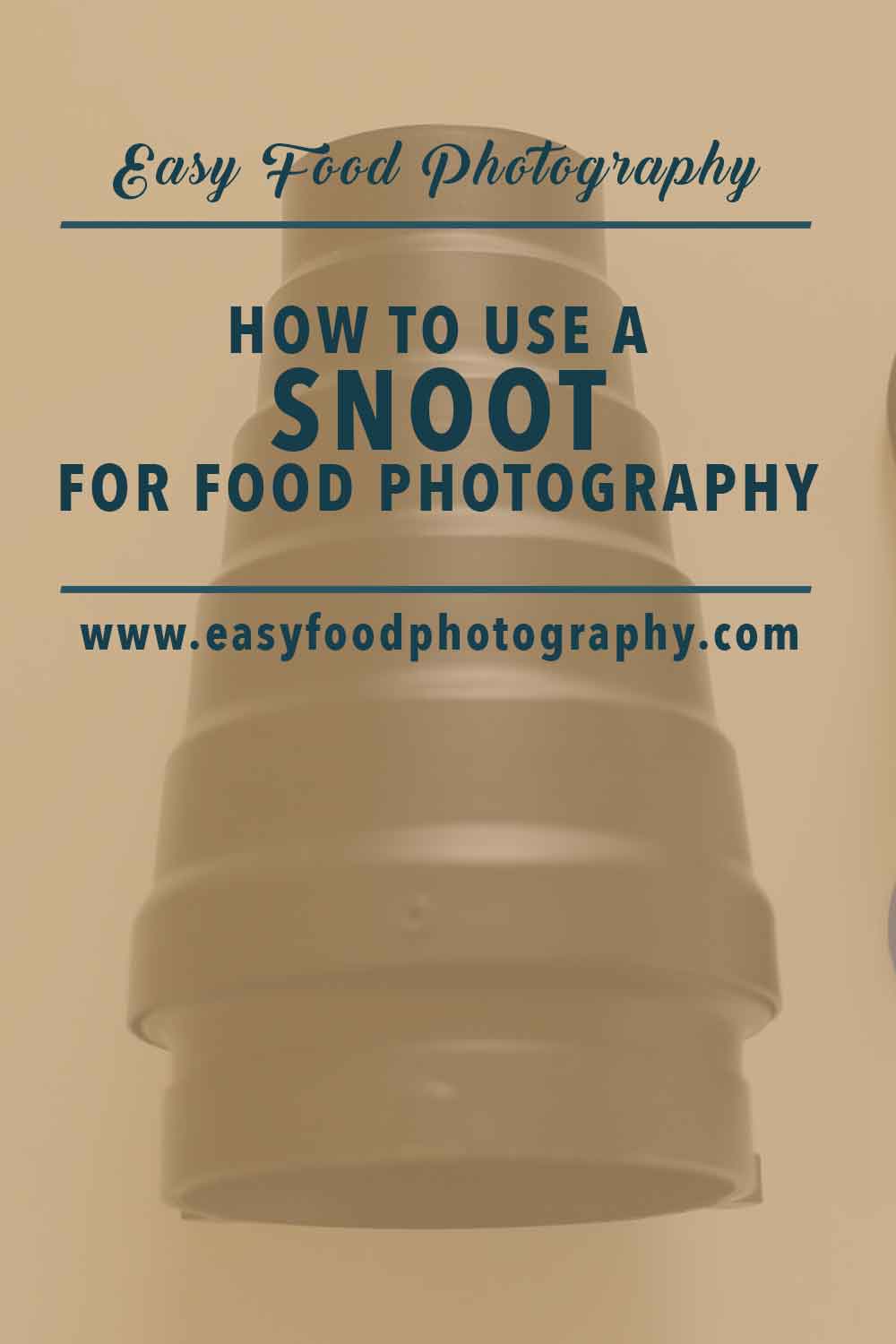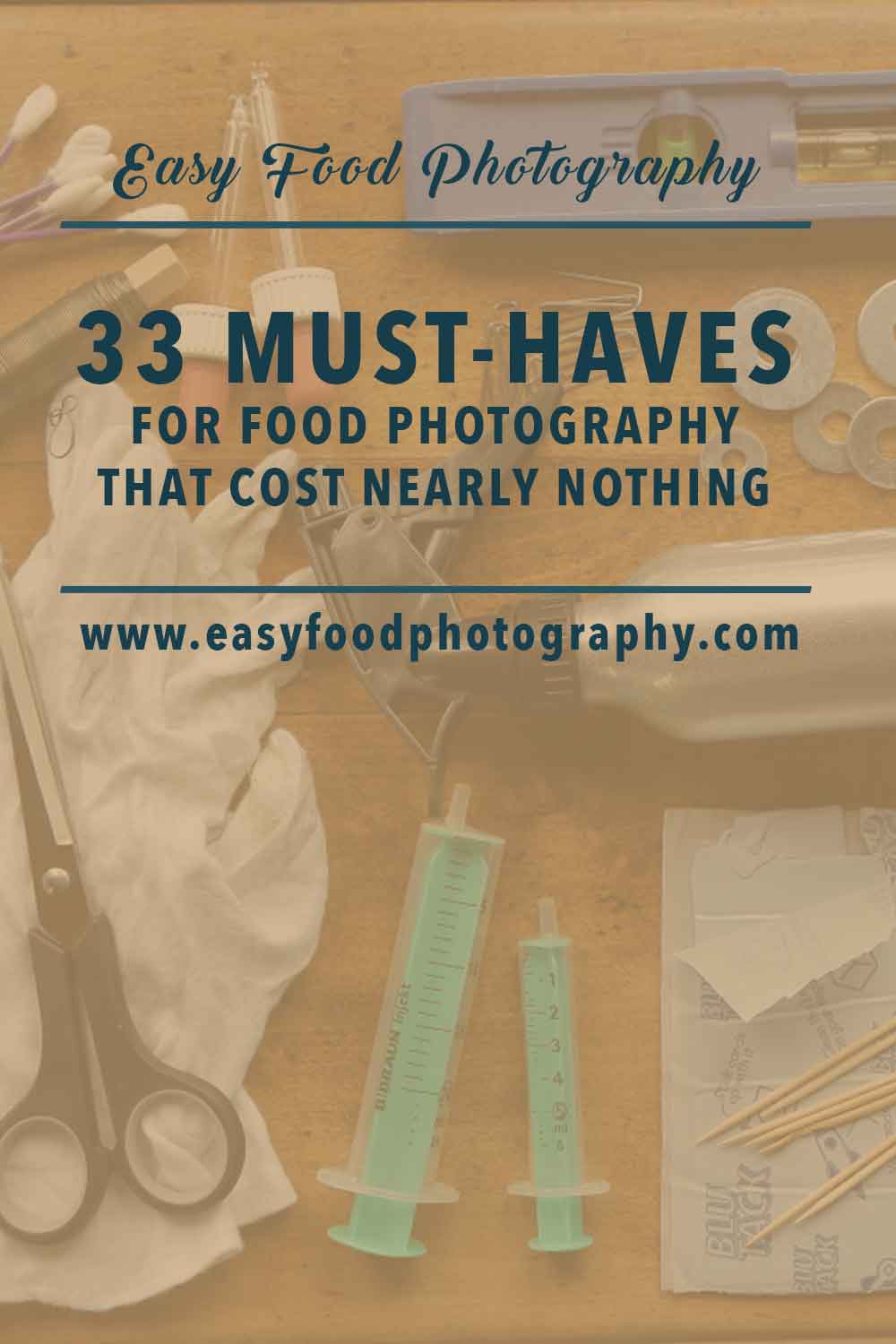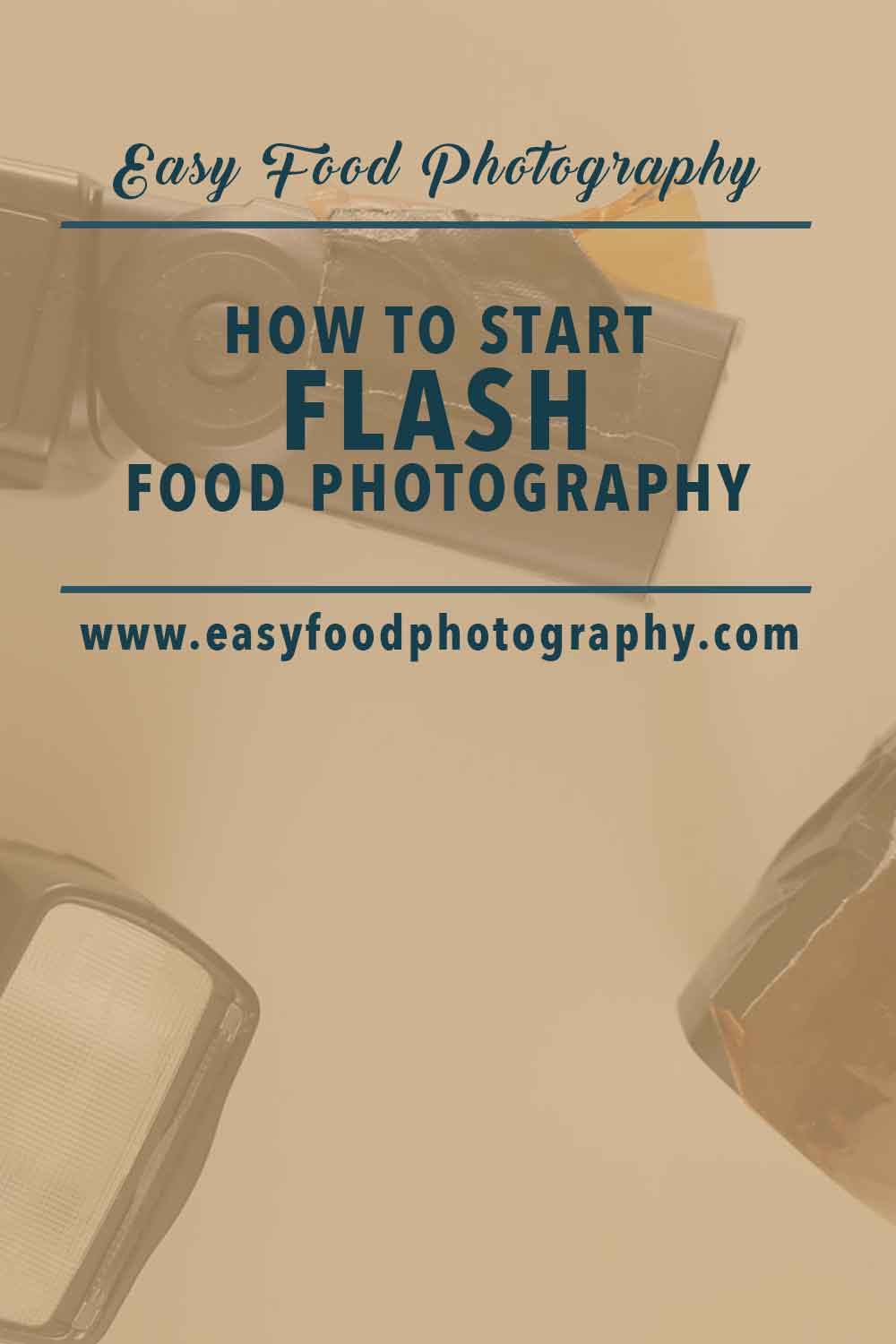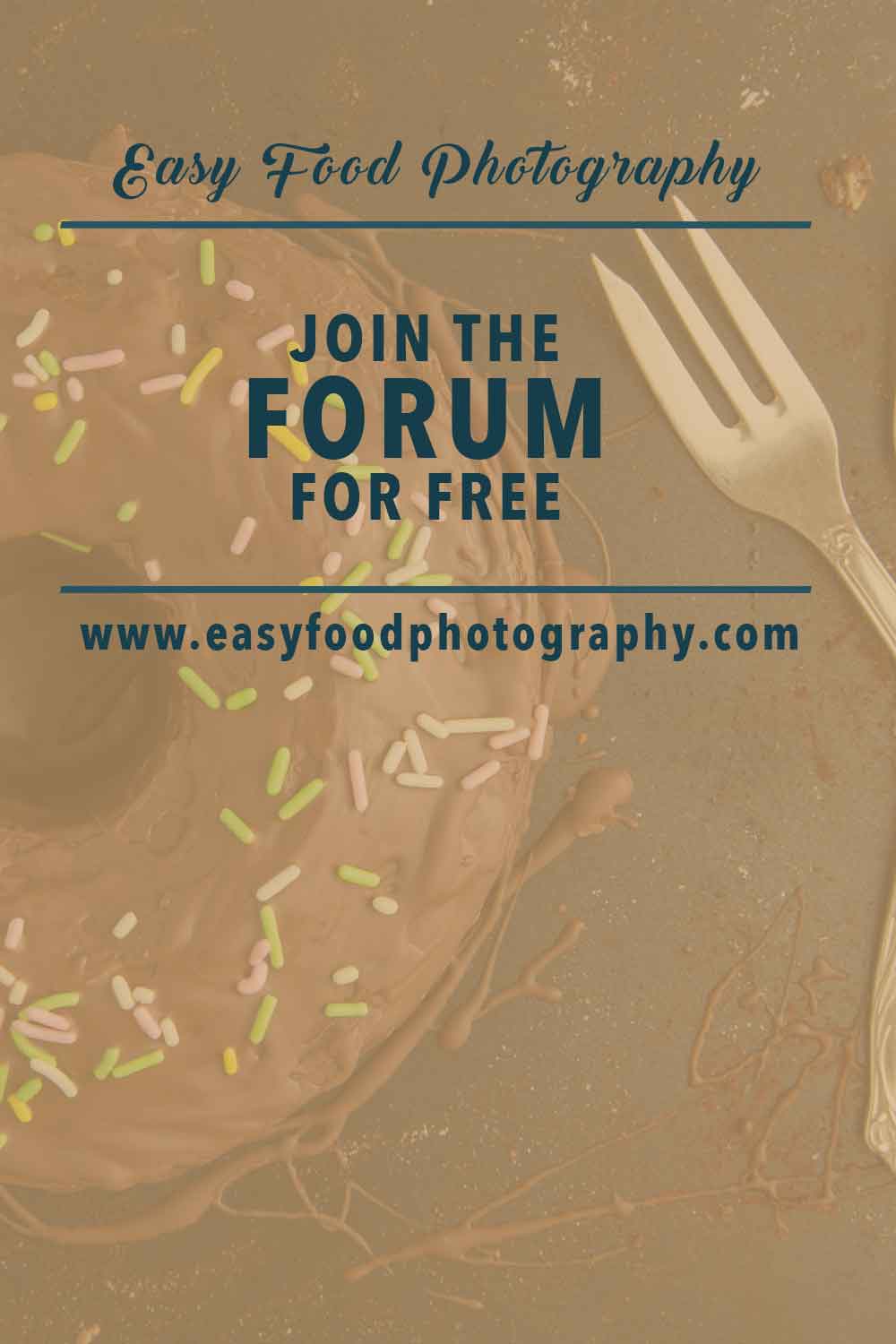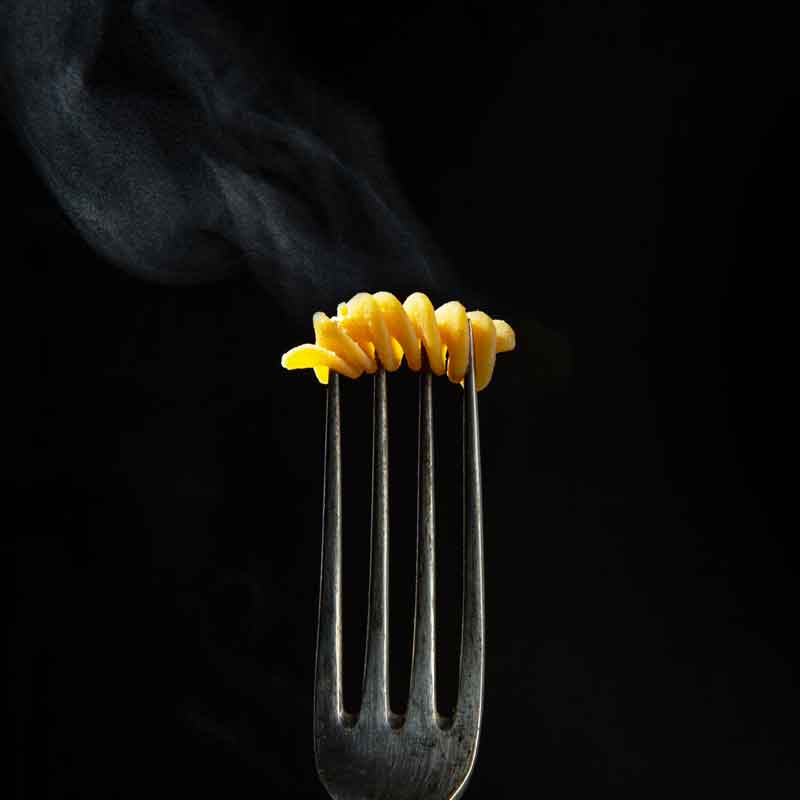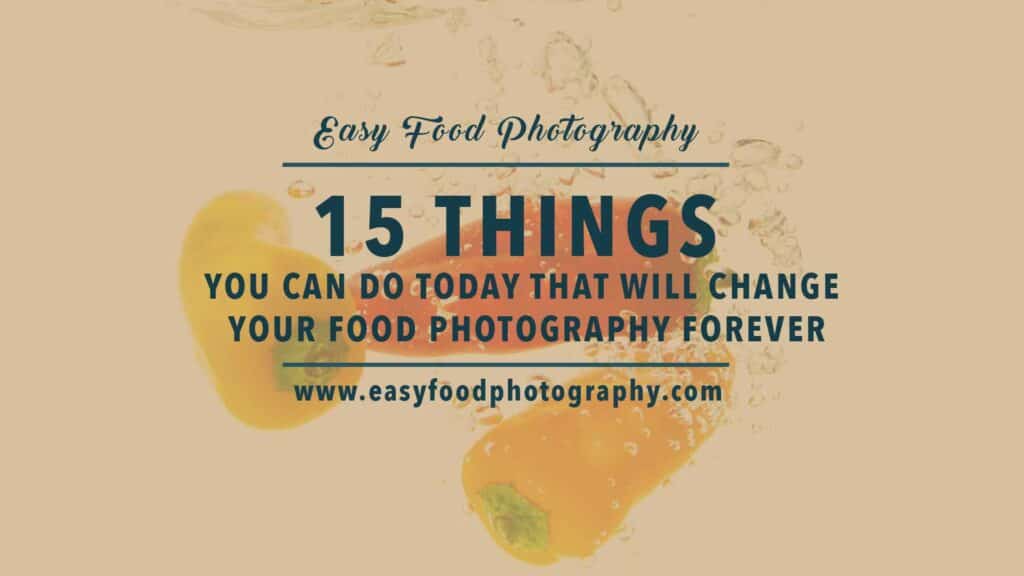
What distinguishes an amateur from an expert? I truly believe that it’s a two-parted answer: knowledge on one hand and experience on the other hand. So if you really want to improve your food photography skills you have to work hard on both.
The knowledge part is quite easy. There is information about nearly every aspect of food photography online available for free. And the good thing is if you are reading this article here you have already found the best online resource for food photography.
The second part of the game sounds obvious and easy, but in reality, it is much harder to achieve because you often have to overcome your weaker’s self. For that practice, practice, practice is key.
You have to practice over and over again to gain experience and feel comfy with all the different issues which can occur when you are shooting food and beverages. But in the end, you will see the benefit out of it.
But where to start? I just put 15 easy tasks together you can do today which will change your food photography forever – WORD! So here we go:
- Tip 1: Build yourself a basic food photography kit
- Tip 2: Don’t think too much in getting the best possible gear, just go with what is already there or cheap to get
- Tip 3: Read a book or an article about photographic composition
- Tip 4: Read a book or an article about basic lighting techniques
- Tip 5: Learn some storytelling skills
- Tip 6: Get a few of your images printed out and stick it to the wall to get motivated
- Tip 7: Make a list of interesting food or beverage scenes you have in mind
- Tip 8: Try to connect with other food photographers because they understand you and can keep you motivated
- Tip 9: Master manual mood
- Tip 10: Always challenge yourself
- Tip 11: Watch and read tutorials in your spare time related to food photography
- Tip 12: Let non-photographer critique your work and learn how casual people read images
- Tip 13: Let professional photographer critique your work and take their critique and advise very serious
- Tip 14: Find yourself food images from professional food photographer and try to recreate them
- Tip 15: Prep and plan your shoots
Tip 1: Build yourself a basic food photography kit
I’m pretty sure you found that already out by yourself. A basic food photography tool kit is needed to get started, but you don’t need much at the beginning: Grab a cam, build yourself some silver, white, and black bounce cards, go get some A-clamps and you are ready to go.
Go read also “33 Must-Haves for Food Photography that cost nearly nothing“. This basically is it. The more elaborate and fancy stuff will be added if you reached a more advanced experience level.
Tip 2: Don’t think too much in getting the best possible gear, just go with what is already there or cheap to get
I see most of the people struggle because they think they can’t begin where they are. They always think they need the newest camera, this newest fancy technical widget, this and that, and – at the end, they never get started because they are lost somewhere in the “I need this before I can get started” time loop.
Forget about that. If you really want to give food photography a try just use what you already have at hand. You can create stunning pictures with your mobile phone nowadays and you don’t need fancy studio strobes. Just use a big kitchen window instead.
Key is here not state-of-the-art equipment. Any kind of equipment is always just a tool to get the job done. Nothing more, nothing less. If you do have not the best tools at hand you have to use them.
Key is the knowledge of how to use all the available stuff. And as a piece of advice: Learn to shoot food photography in daylight.
So you don’t have to spend a fortune on Speedlights, strobes, etc. and you can fully concentrate on building basic necessary food styling and compositional skills. So just grab your stuff and go start making stunning images.
Tip 3: Read a book or an article about photographic composition
That’s maybe a no-brainer, but I know how lazy you can get if nobody force you to do it. Just ask me. But that is another really easy to do and effective way of gaining knowledge.
As a photographer no matter what field of expertise you are working you should have heard about the same basic theoretical photographic concepts: the rule of thirds, centered symmetry, the rule of odds, frame within the frame, leading lines, diagonals, and triangles, using negative space to name just a few.
There are so good basic articles around that I only want to share the best with you. Go read this article about “20 Composition Techniques That Will Improve Your Photos” from travel photographer Barry O’Carroll. One of the best articles I read on that topic in general online so far.
Tip 4: Read a book or an article about basic lighting techniques
No matter what kind of photography you are doing the basic concept of lighting is adaptable to every branch of photography. The first concept you should give a try is the classic three-point lighting.
Understanding and mastering that will bring you and your food photography a good step forward. And if you understand that most basic used lighting concept you will be able for sure to bend it and find your way of lighting scenes. Just google for three-point lighting.
There are a ton of good articles and books for that out there. A good starting point could also be “How to start Food Photography”.
If you want to take an even easier approach you could watch out for a one-light setup. What you actually do there is to use one light source and bounce the light from the direct opposite side back into your scene to create some fill light. Your keyword for a search will be “one light setup”. There are a ton of good articles out there as well.
But if you are watching out for food photography-related articles you just could start to give my article about “How to start flash food photography”. There I discuss the different possible and good-looking variants like back and side lighting for food photography.
Tip 5: Learn some storytelling skills
That’s a fun tip. Storytelling in food photography is another quite essential topic. If you want to engage people with your images you have to do more than just take a nice picture of some food.
Food and eating are very basic human needs and out of this a very emotional thing. You have to implement some strong emotional storytelling elements in your frame to get people attracted.
A good starting point what I’m talking about is my article on “This storytelling technique will change your food photography forever”. Just give it a read and if you want to go further just have a look at good food storytellers like Andrew Scrivani or other top-level food photographers.

Tip 6: Get a few of your images printed out and stick it to the wall to get motivated
I exactly know how it feels to struggle here and there with what I’m doing. Even when the books are empty I often start to doubt my job. But don’t let this feeling trick you into some kind of stasis or paralyze.
You are doing exactly the right thing. No doubt about that. No self-doubts. A good psychological trick to overcome your doubts is to show yourself what you are capable of.
So get yourself up and print a few of your best images out in some good quality and pin them to your workspace or somewhere at home where you can see them.
I swear to you this will keep you right on track. Because you know that you can do it. And if things are not running as well as you want. Just keep pushing them even harder. Self-motivation is often underestimated.
Tip 7: Make a list of interesting food or beverage scenes you have in mind
We all have some dream top 10 in our heads what we want to achieve one day. Write that top 10 interesting food or beverage photos down and make some notes to them. Keep them updated here and there.
And once you have some spare time just have a look at it and choose one out of it. That technique will help you to lift your favorite dream food scenes to life. It’s just that easy.
Tip 8: Try to connect with other food photographers because they understand you and can keep you motivated
Often our personal milieu doesn’t really understand a thing what we are doing. This can be getting really frustrating because you then have nobody to share your passion with. And that in the end can get you really fast demotivated.
A good strategy is to connect with other people who share the same passion as you. Nowadays it’s so easy to find soulmates online and to connect with people you just have to start doing it. Go on Reddit or Youtube or Facebook or Instagram and start to comment on people’s photos and connect with people.
There are a bunch of good forums and groups out there. If you don’t want to do a long search you could also join our community forum here at EasyFoodPhotography.
Tip 9: Master manual mood
If you really want to go for any kind of photography you should learn how to use your camera in manual mode. Photography is divided into the technical part and the creative part.
You have to learn how to use your camera in depths to really unleash the creative part. There is no way around it. Every cheating on that will be seen by the people in your final images.
Mastering manual mode and how ISO, shutter speed, and aperture work together is essential. Knowing how to use these three components in combination with picking the right lens is key to getting into the hall of fame of food photography.
There are a zillion articles, tutorials, books, and videos out there on the web which explain it very well. And don’t get too frustrated if you are at the really beginning. Rome wasn’t built on a day, so your photography skills won’t come overnight. Be patient. Practice, practice, practice is key to getting the job done.
Tip 10: Always challenge yourself
That’s maybe the most useful tip so far and directly related to the last tip above. We as humans are used to having our habits and leaning back in our so-called comfort zone. That means we have by nature an inner resistance to overcome one’s weaker self. But to learn the new stuff you have to go down that road.
What I regularly do is challenge myself as often as I can. Did you see a picture you like? Try to redo it. Do you have a dish in mind you want to cook? Fine. Just cook it and take a picture. Do you want to work on your food styling skills? Good.
Go and learn something new and compare it with your earlier work. I swear to god this will bring you a big step further in your development.
Tip 11: Watch and read tutorials in your spare time related to food photography
That’s maybe the easiest tip of that list. If food photography is really your passion there is always something new to learn. The learning curve will never end. Believe me. But that’s what makes it such fun. But for that, you have to challenge yourself always.
So do yourself a favor, stroll around Youtube and the web, and find yourself some tutorials which will bring you some new techniques to learn.
There are a bunch of basic techniques you should learn to master. Food photography is built on a few pillars: the technical practical side of photography, the food itself and its styling, storytelling, and composition, and last but not least the post-processing and working with Photoshop.
You should try to grow your knowledge and your skills over time. To get better from day to day you should watch tutorials online.
I found that the easiest way for me to have a really fast learning curve. there are a few really good and helpful resources out there: We Eat Together, The Bite Shot and of course, Easyfoodphotography are very good starting points when it comes to food photography.
Another thing is to read articles about food photography. There are a bunch of good articles related to many food photography topics out there. You could have a look at Twolovestudio from Vancouver or foodphotographyblog.com to get inspired and level up your skills.
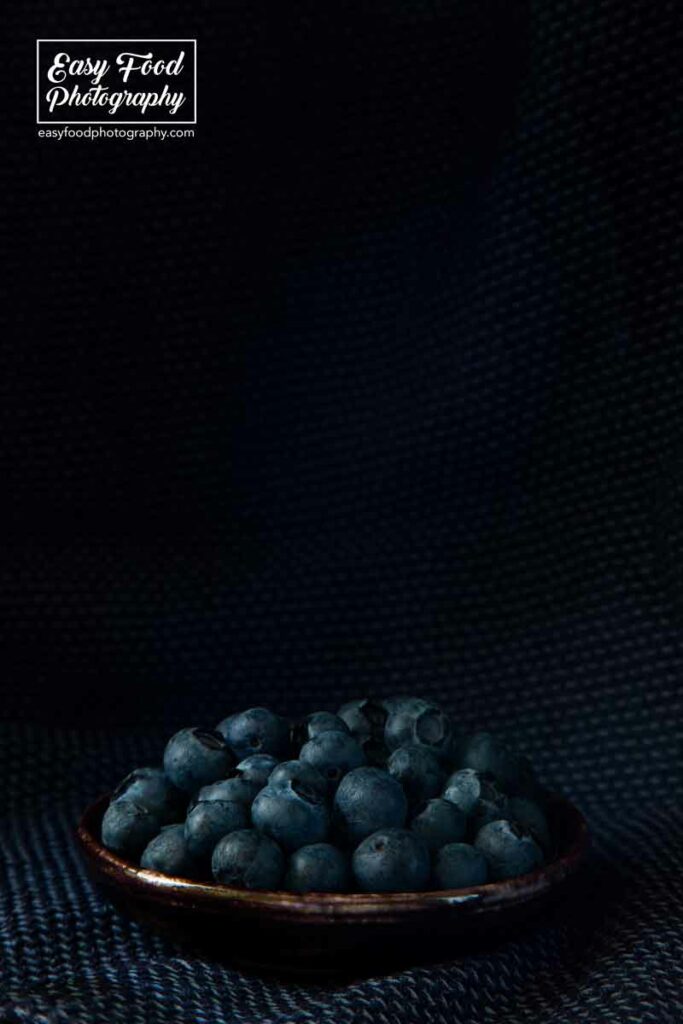
Tip 12: Let non-photographer critique your work and learn how casual people read images
That’s maybe a no-brainer, but let real people critique your work. Don’t be shy to show your images around and don’t take the critique too personally. Constructive critique is gold worth! Take it as it is and try to work on it to get much better results which will help to sell your food photographs even better.
But be aware. Real people like family and friends etc. have all in all mostly not a photographic background. So their critique will be different from the pros. As I said: Take it seriously, but not personally.
Tip 13: Let professional photographer critique your work and take their critique and advise very serious
The next food photography tip is the next step to get criticized. Take your images show them to a professional food photographer and ask for their honest critique. The best way of doing that and getting “real” critique and not only schmoozing one present your work in some pro forum or Facebook group or somewhere else.
It is important to show it to people who have no connection to you and your work. Otherwise, the critique will not be honest. You know, this kind of critique method is sometimes really hard, because people will give it hard to you direct in the face.
Be prepared for that and get yourself hard skin. But if you take all that pro critique seriously you can grow your skills and style much faster than without being criticized. The easiest way to get professional feedback is to join the forum.
Tip 14: Find yourself food images from professional food photographer and try to recreate them
Let’s go even a step further. It’s very important to grow your repertoire if you want to make some money with your food photography. For me, the best way of challenging myself is to find a picture of what I really like and try to recreate it with my means.
That creates fun on the one hand and experience on the other hand. Practice – as for every craft – is key to gaining more experience by practicing learned knowledge. A good starting point to get inspired is Pinterest.
Tip 15: Prep and plan your shoots
That’s maybe another obvious no-brainer, but I’ve seen people struggling with that too. If you take food photography seriously you should take the whole process very seriously.
Planning and preparing a shoot is as important as the execution of the shots on location. If you don’t exactly know where to start and what you should be prepared for you could give “Planning and prepping like a pro” a read.
Tip 16: Share this article with your food photography buddies
Ok, that won’t help you to develop your style and skills, but it would help me a lot to make all my articles available for free. So if you had any use out of this article feel free to share it with your food photography friends. Thank you very much and don’t stop to create awesome food pictures!
Cheers & have fun creating awesome images,

15 THINGS YOU CAN DO TODAY THAT WILL CHANGE YOUR FOOD PHOTOGRAPHY FOREVER was written by EasyFoodPhotography founder and editor Alex Fuchs. Alex loves photography and good heavy stoner rock music. His food styling skills are restricted, but he is working on that. When people approach him saying “You can’t do that” his maxim is always: I’ll do it in a minute. He loves to be challenged. Follow his Instagram feed. You read “15 things you can do today that will change your food photography forever”.
